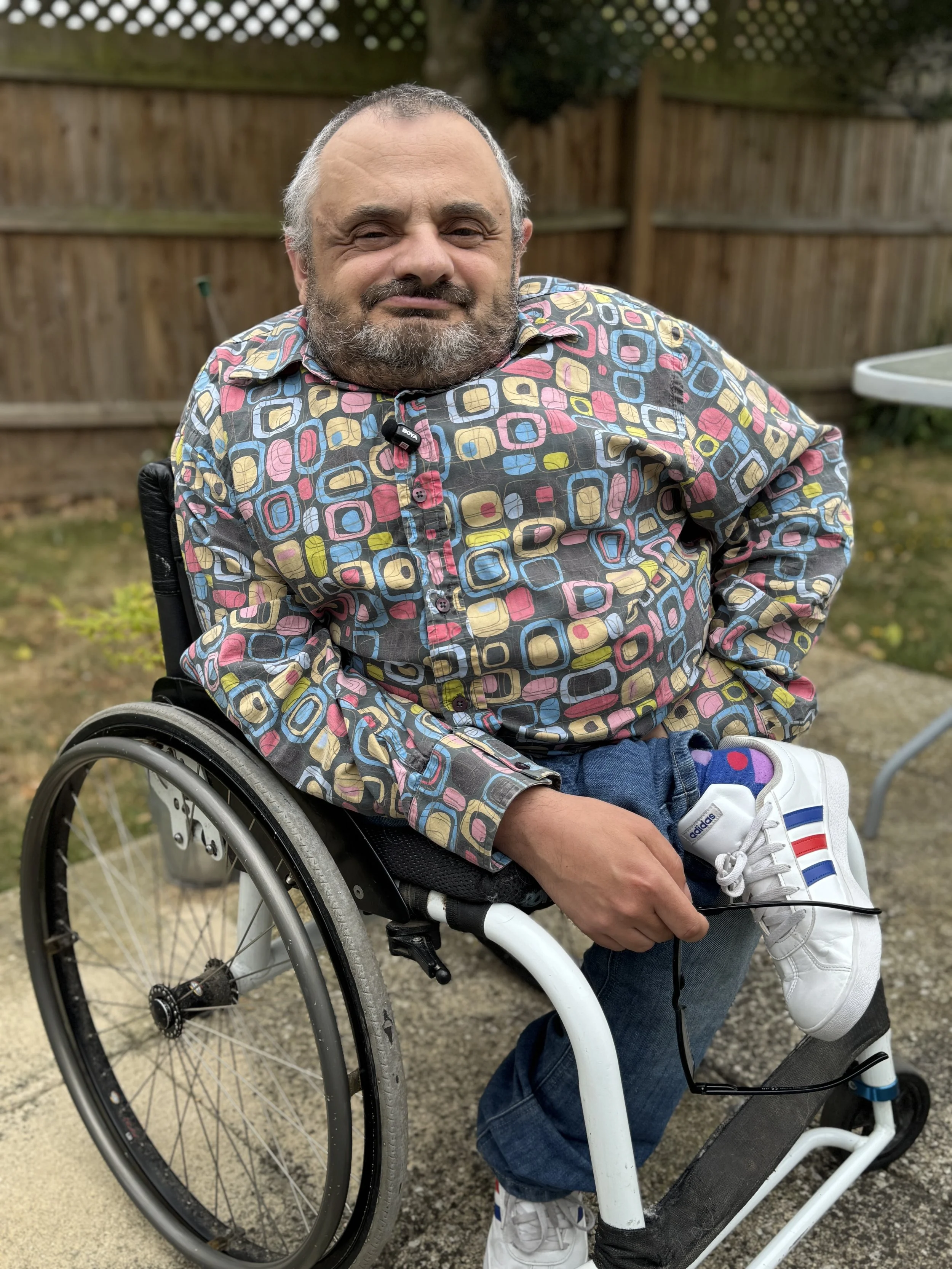My Story
From Survival to Leadership: Why I Built The STILL Method
From Survival to Leadership: Why I Built The STILL Method
For as long as I can remember, fear was my constant companion.
I learned early that the body is a fragile thing. Mine broke easily. While other children ran and climbed, I learned caution. I learned to anticipate danger before it arrived. And somewhere along the way, I learned to make my world small—because small felt safe.
Fear didn’t just shape my childhood. It shaped how I saw myself. It whispered that my value came from being careful, being in control, never taking up too much space.
But there’s something no one tells you about fear.
It doesn’t just hide danger.
It hides joy.
It hides freedom.
It hides the best parts of who we are.
Rethinking Anxiety
As I grew older, I saw the same patterns everywhere.
Children frozen with fear in the back seat of a car, unable to walk into school.
Parents blaming themselves for their child’s struggles.
Adults who looked strong and calm on the outside, while silently fighting to hold it together.
We call it anxiety. We call it stubbornness. We call it being sensitive.
But what I saw was different.
These were nervous systems doing their best to survive in a world that felt unsafe.
I began to ask a different question.
What if anxiety isn’t a fault to fix?
What if it’s a signal—a call to create safety?
Creating The STILL Method
The STILL Method wasn’t born in a lab or a lecture hall. It was built in real homes, classrooms, and workplaces. It came from years of observing what helped when fear took over—and what didn’t.
It’s a trauma-informed, structured approach to anxiety that helps people move beyond survival.
What started as a small community group is now a global network of coaches delivering STILL to children, families, and organisations worldwide.
But STILL is more than a method.
It’s a movement.
Today
Today, I train professionals, advise organisations, and speak on stages and in boardrooms about anxiety, trauma, and human behaviour.
My mission is to change the way we respond to fear.
Because people deserve more than to survive.
They deserve to live.

